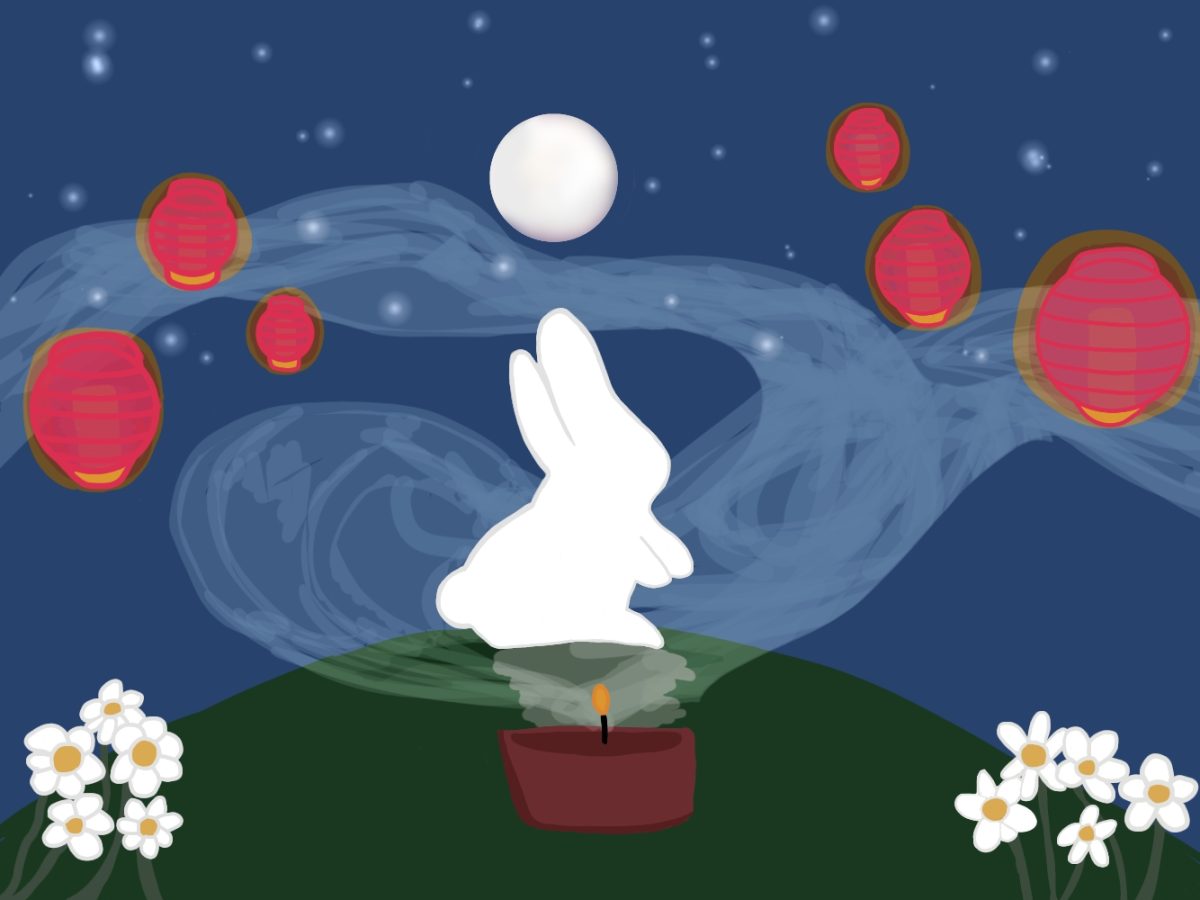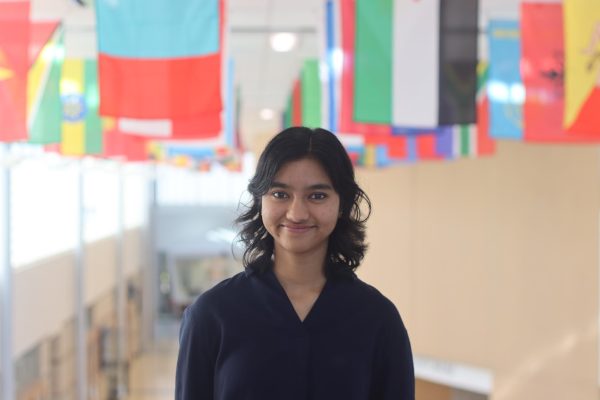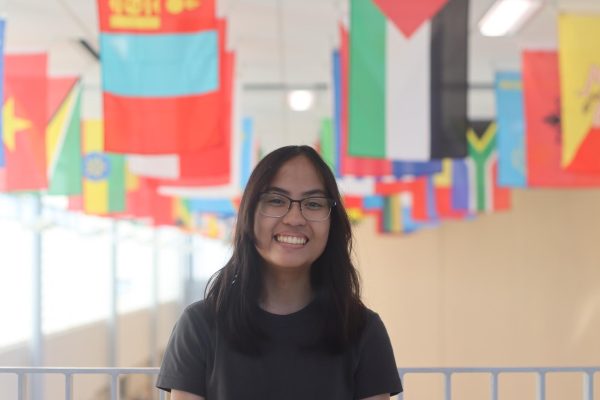The Moon-festival, a celebration for the harvest, and a symbol of family unity celebrated in many different cultures and countries, continues to be filled with excitement here at Metea.
As the Moon rises to its fullest, and its lunar glow, it symbolises unity between families. Cultures around the world celebrate with tasty snacks and activities.
The Moon-festival is a holiday celebrated across East and Southeast Asia. The harvest festival is meant to bring people together and serves as a symbol of harmony and peace.
According to the National Library Board of Singapore, the Mid-autumn festival, also known as the Moon-festival or Mooncake festival, began over “2,000 years ago as a post-autumn harvest celebration, which was devoted to thanking the gods”. During the Chinese Song dynasty, which ruled between 960 and 1279, it was common to worship the Moon for a plentiful harvest. It was during the reign of Chinese Emperor Tai, that it was marked that the 15th day of the 8th month on the lunar calendar would be known as the mid-autumn festival.
A popular Chinese legend states that the Earth originally had ten suns, which scorched the world in a fiery summer. A famous archer named Hou Yi drew his bow and shot down nine of the suns. As a reward for saving the people, he was tremendously celebrated and gifted an elixir of immortality from the gods. However he and his wife, Chang’e, did not want to part from each other, so it was agreed she would have it for safekeeping. One day Hou Yi went hunting, and one of his students Peng Meng sought to steal the elixir. When Chang’e was confronted by Peng Meng, she used the elixir to make sure it didn’t fall in ill-intentioned hands. She became immortal and ascended to the Moon, and has lived there since with the Jade rabbit as company.
In Chinese tradition, the full Moon symbolises family reunion. Mooncakes resemble the Moon in its fullness, symbolising the unity of families. This festival is celebrated by families gathering at their homes, eating mooncakes, and most importantly, admiring the Moon.
Similar to the Chinese legend, the people of Taiwan have their own mythology. It begins similarly, where Hou Yi kills nine of the ten suns. Because he saved the people, they decide to crown Hou Yi as king. However, as he struggles to rule, Chang’e helps her husband rule the kingdom. Hou Yi wants to become immortal, so Chang’e asks a doctor to make an immortality elixir, which she then takes and flies to the Moon. In Taiwan, the festival is to celebrate the people’s memory of the good queen. They eat mooncakes, and carving out the tops of pomelo, a citrus fruit and use them as childrens hats.
There are many other variations of the Moon-festival across different cultures. In South Korea, a festival called Chuseok or Hangawi, is held around this time. The significance in South Korean culture is on [family reunions] and holding memorial services for the ancestors. Another fun activity is looking for Daltokki, the moon rabbit, which is said making rice cakes on the moon’s surface.
The Japanese celebrate Tsukimi, meaning “looking at the Moon”. And much like the Koreans, the Japanese also play a game of moon-watching for Tsuki no Usagi (moon rabbit), where the rabbit makes Mochi (rice cakes). These festivals date back into the Japanese Nara period (710-794) towards the following Heian era (794-1185). They hold moon-viewing parties on boats, had people joyously drinking, listening to music, and singing poetry. By the Edo period (1603-1868), it was a celebration which was widely celebrated by the Japanese public.
In Vietnam the mid-autumn festival goes by the name Tet Trung Thu, otherwise known as Tet Thieu Nhi (children’s festival). The legend of this festival goes that a woodsman named Chu-Cuoi, floated away with a magical banyan tree to the Moon. It’s the belief that one can see Cuoi under the tree on the face of the full Moon. During this time children hold lanterns to guide Cuoi to return back home to earth, and to watch the many lion dancers prowl the streets. Families set out cakes and fruit trays in deep regard, before their ancestral altars in their homes. Mooncakes are also a staple in this Vietnamese festival.
Singaporeans, many of whom are of Chinese descent, celebrate the festival by lighting exorbitant lanterns all over the city streets, with busy markets and stalls selling decorative ornaments and festive snacks. There are also lantern painting competitions and stunning performances.
Here at Metea, and in the local area, there are many festivities going on. On Saturday, September 14, there was a celebration for the Moon-festival in Pacifica Square. Children and families enjoyed cultural performances from different Asian Cultures and sampled mooncakes.
Rachel Cheng, a Mandarin Chinese teacher and Chinese Honors Society sponsor compares the moon festival to Thanksgiving, both sharing ideals of celebrating family, near and far.
“It’s like how we celebrate Thanksgiving. We celebrate the harvest, get together with family and have a big meal. We’ll go outside to see the Moon,” Cheng said.
The Moon Festival, though celebrated through different names, stories, and cultures, all still celebrate the same Moon. The day of the Moon-festival is a symbol of family unity, as full and pure as the Moon.
“I think the significance is sometimes how your family is not here. Maybe they already passed away, or they moved to a different city, different country, different side of the world, but we are all still looking at the Moon,” Cheng said.






